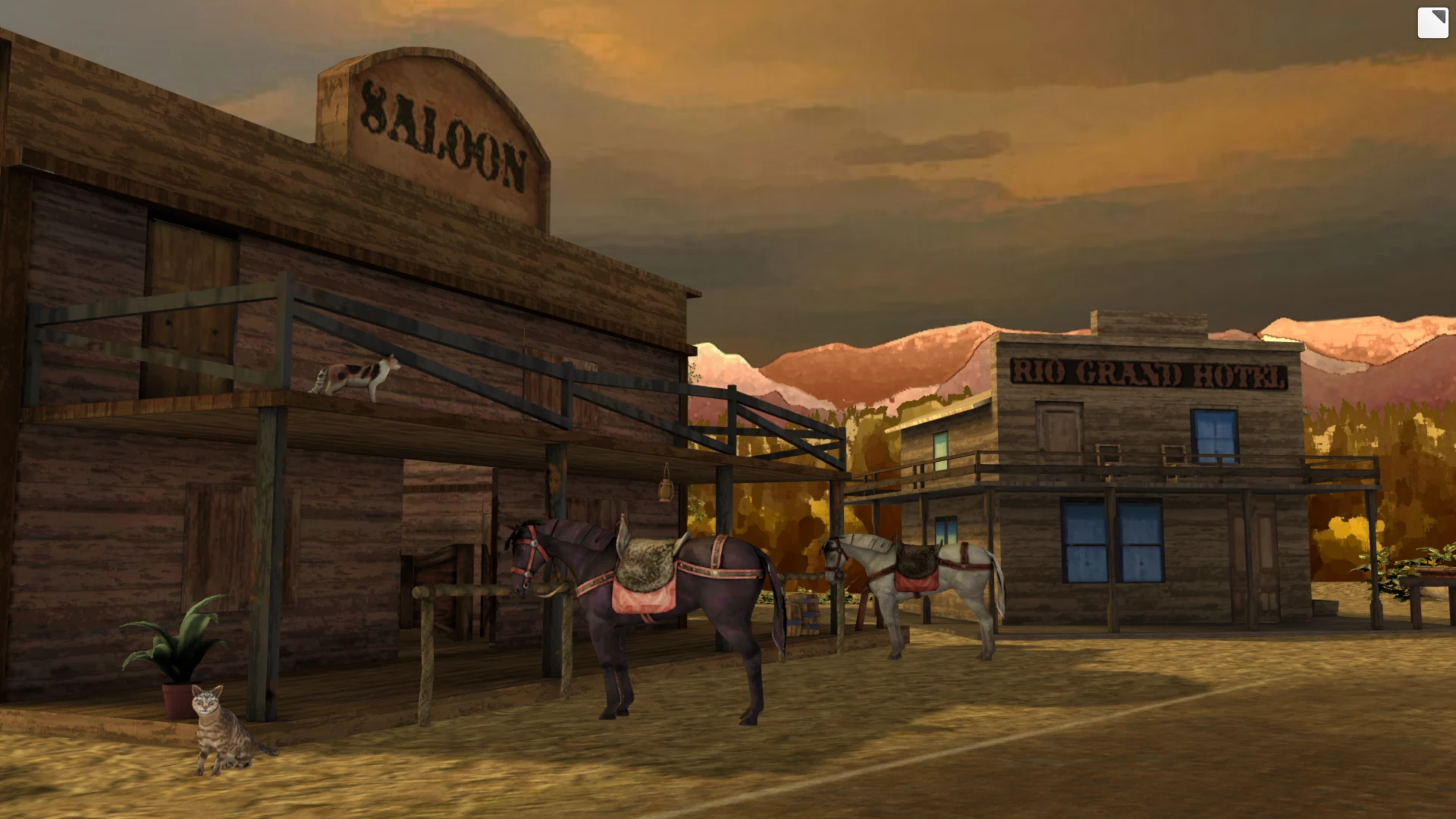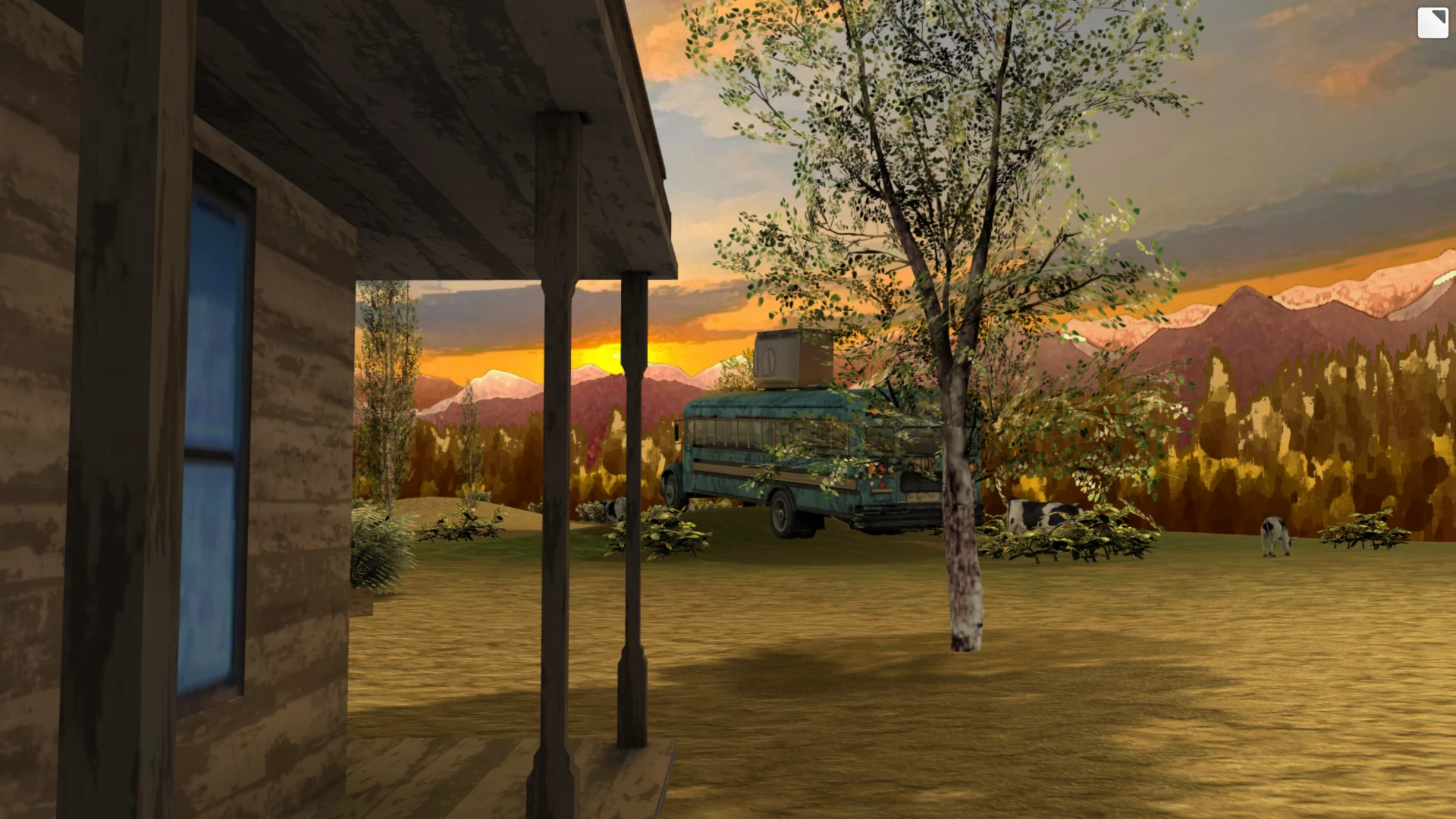Forum Replies Created
-
AuthorPosts
-
 Yuri KovelenovStaff
Yuri KovelenovStaff Yuri KovelenovStaff
Yuri KovelenovStaffHi visualizer,
It would require a ray-tracing technique to implement exactly this effect (it is based on Cycles). However you might look into this plugin that just popped up, which allows for creating something similar
-
This reply was modified 5 months, 1 week ago by
 Yuri Kovelenov.
Yuri Kovelenov.
 Yuri KovelenovStaff
Yuri KovelenovStaffHi kacpa1234,
A Verge3D app is a normal JS-based front-end app so you can surely send requests to your server API. It can be done with code, or with this puzzle.
 Yuri KovelenovStaff
Yuri KovelenovStaff Yuri KovelenovStaff2024-10-24 at 6:48 am in reply to: Multiple Cameras / Split View / Picture in Picture – Quick Tip Tutorial #78067
Yuri KovelenovStaff2024-10-24 at 6:48 am in reply to: Multiple Cameras / Split View / Picture in Picture – Quick Tip Tutorial #78067 Yuri KovelenovStaff
Yuri KovelenovStaff Yuri KovelenovStaff
Yuri KovelenovStaff Yuri KovelenovStaff
Yuri KovelenovStaffI think I missed this app in the first place. Great job!





-
This reply was modified 5 months, 2 weeks ago by
 Yuri Kovelenov.
Yuri Kovelenov.
Attachments:
You must be logged in to view attached files.2024-10-21 at 1:19 pm in reply to: Nice 3D interactive visuals of Vacheron Constantin luxury watch #78031 Yuri KovelenovStaff
Yuri KovelenovStaff@visualizer Nice watch!

 Yuri KovelenovStaff
Yuri KovelenovStaff Yuri KovelenovStaff
Yuri KovelenovStaffHi Thomas,
We decided to not ship the directional cone feature so that to not over-complicate the puzzle. You can possibly create a puzzle plugin based on our puzzle to implement it.
Yes, the latest optimizations will across the shader code, not just Principled BDSF.

 Yuri KovelenovStaff
Yuri KovelenovStaff Yuri KovelenovStaff
Yuri KovelenovStaffHi jamjam,
Perhaps you could create a topic on the Jobs forum to find a developer or consultant for this task?
 Yuri KovelenovStaff
Yuri KovelenovStaff Yuri KovelenovStaff
Yuri KovelenovStaff -
This reply was modified 5 months, 1 week ago by
-
AuthorPosts
